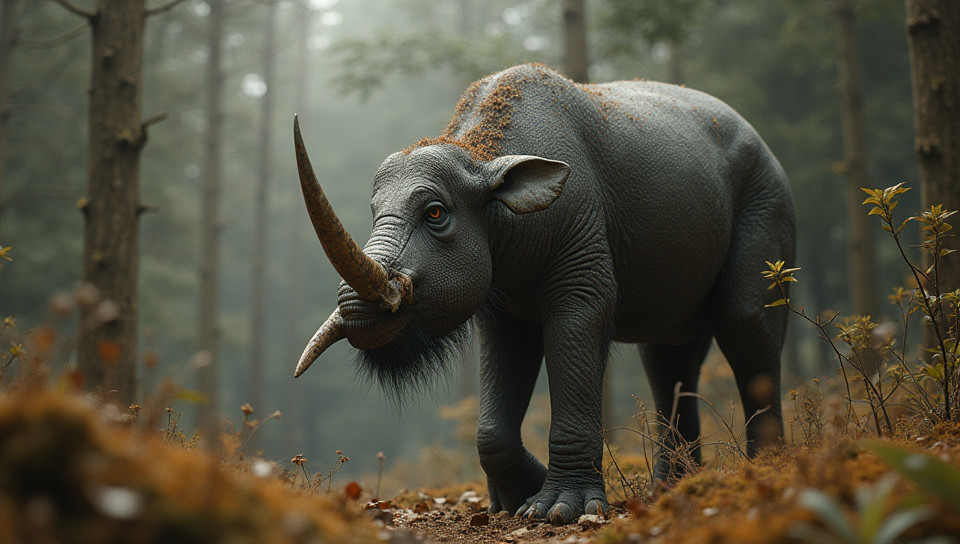Failure to reproduce can lead to extinction 51%

The Silent Killer of Species: Why Reproduction Matters
In the grand tapestry of life, extinction is a constant threat that looms over countless species. It's often attributed to habitat destruction, climate change, and human neglect. However, there's another crucial factor at play – one that can silently drive a species to the brink of disappearance: failure to reproduce.
The Importance of Reproduction
Reproduction is the backbone of any species' survival. Without it, populations dwindle, genetic diversity decreases, and the ability to adapt to changing environments is severely impaired. In this article, we'll delve into the reasons why failure to reproduce can lead to extinction and what it means for our planet.
The Consequences of Low Fertility Rates
Species with low fertility rates are more vulnerable to extinction due to several factors:
- Insufficient genetic diversity
- Decreased population size
- Reduced adaptability
- Increased susceptibility to disease and parasites
- Higher risk of inbreeding and its associated problems
The Role of Human Impact
Human activities such as habitat destruction, pollution, and climate change can significantly impact a species' ability to reproduce. For example:
- Habitat fragmentation disrupts migratory patterns and reduces access to resources.
- Chemical pollutants can alter reproductive hormones and impair fertility.
- Climate change affects temperature and precipitation patterns, making it difficult for some species to breed.
The Impact on Biodiversity
The loss of reproductive capacity not only threatens individual species but also has a ripple effect on ecosystems. As populations decline, the services they provide – such as pollination, pest control, and nutrient cycling – are disrupted. This can have far-reaching consequences, including:
- Loss of ecosystem resilience
- Decreased food security
- Negative impacts on human health
Conclusion
Failure to reproduce is a silent killer that threatens countless species with extinction. As humans, we must acknowledge our role in this process and take action to mitigate the damage. By protecting habitats, reducing pollution, and addressing climate change, we can help ensure the long-term survival of our planet's precious biodiversity. The time to act is now – before it's too late for some species to reproduce and thrive.
- Created by: Nathan Mercado
- Created at: Oct. 27, 2024, 11:22 a.m.
- ID: 14457









